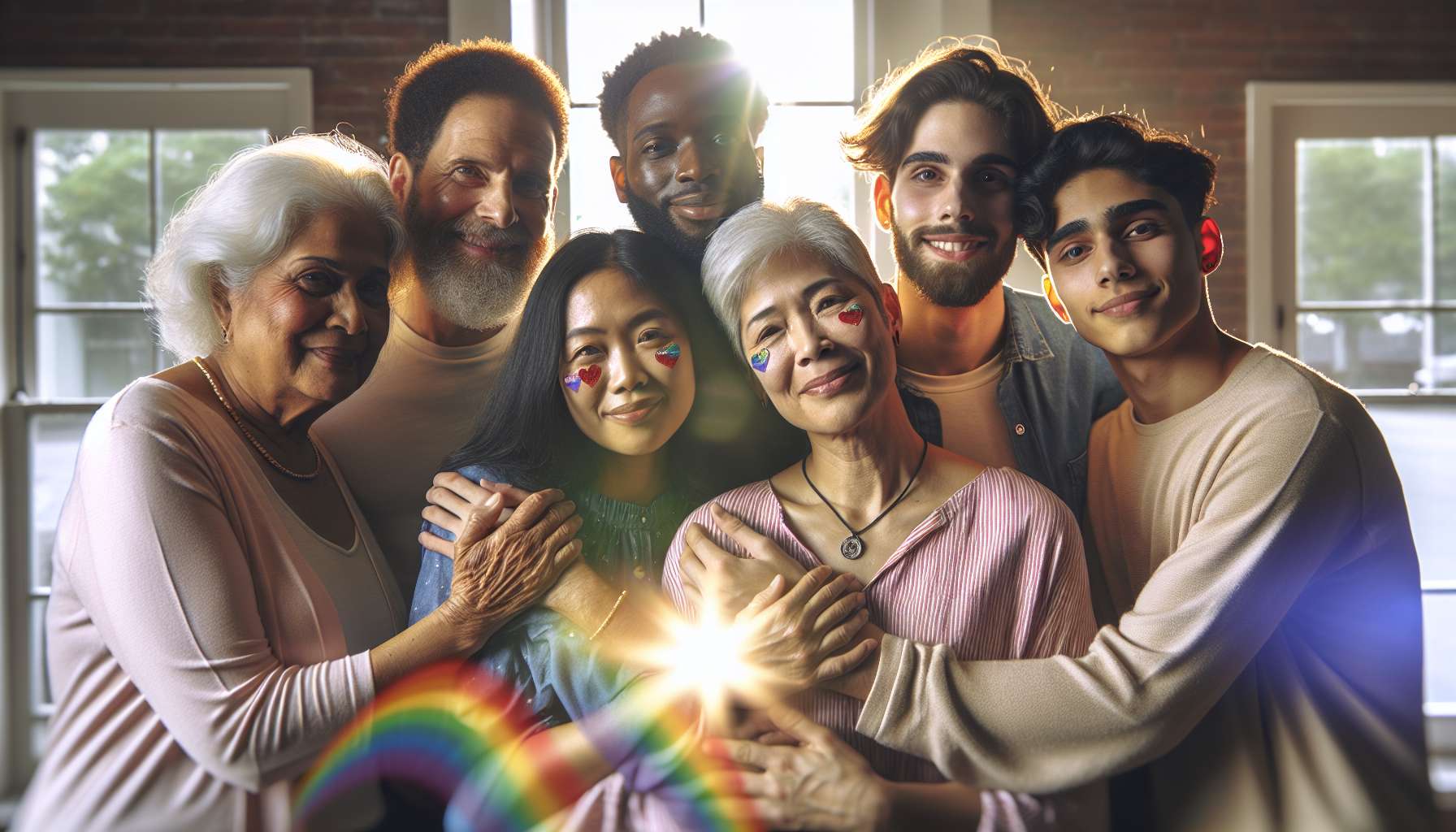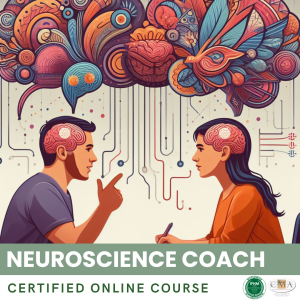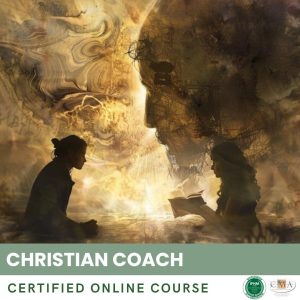Chosen families and social circles play a crucial role in the lives of LGBTQ+ individuals, often confronted with rejection, misunderstanding, or violence from their families of origin. Faced with these breaks or conflicts, many create a “chosen family”, that is, a network of relatives, friends, peers with whom they share a strong and unconditional emotional bond. These elective bonds, based on acceptance and mutual support, can be as important or even more so than blood ties.
The idea of a chosen family is deeply embedded in the history and culture of the LGBTQ+. As early as the 1980s, gay and lesbian communities organized themselves to cope with the AIDS epidemic and homophobia. They created support networks for healthcare, care, and solidarity to help those often abandoned by their relatives. They invented new forms of kinship, such as “co-parents” who collectively take care of the children of disappeared friends. This idea that “friends are the family we choose” has become a strong principle, reiterated in many LGBTQ+ slogans and demonstrations.
Beyond AIDS, chosen families meet a vital need for recognition and belonging for often isolated and stigmatized individuals. They offer a safe space where one can be oneself without fear of being judged, where codes, values, and shared experiences are exchanged. They provide emotional, material, intellectual support to face everyday challenges. They allow one to build a positive identity, breaking away from society’s heteronormative injunctions.
Chosen families take various forms depending on each individual’s paths and affinities. It can be a group of close friends with whom one spends all weekends and holidays, a couple of “co-mothers” or “co-fathers” with whom one raises children, a militant or artistic community that supports its commitments, a “house” as in Black and Latino ball culture where “mothers” and “fathers” adopt young LGBT rejected by their family… These configurations, often fluid and horizontal, disrupt the traditional schemes of the nuclear family.
A famous example of a chosen family is that of writer Armistead Maupin, author of the “Tales of the City”. In his novels and his life, he stages a building where an intergenerational LGBT and heterosexual community is created, united by ties of friendship and love that transcend origins and identities. Characters like Michael “Mouse” Tolliver, Mary Ann Singleton or Anna Madrigal the trans owner, support each other through life’s trials, from coming out to mourning through illness. They reinvent a family based on unconditional acceptance and the “logical family” as opposed to the “biological family”.
Building and nurturing one’s chosen family is a process that requires time, energy, and specific relational skills. This means knowing how to create bonds of trust and intimacy outside the traditional frameworks of family or couple. To communicate authentically about one’s needs and limits. To show kindness, empathy, and reciprocity. To handle conflicts and disappointments inherent in any relationship. Being in the care and solidarity in the long term, in good times and bad.
This also implies deconstructing the dominant models of the exclusive and “mandatory” family. Overcoming the fear of solitude or abandonment that sometimes pushes one to cling to toxic relationships. Learning to be well with oneself so as not to expect the other to fill all our needs. Cultivating several relational circles that bring different emotional nutrients. Do not rank love and friendship relationships, by valuing “weak” but precious ties.
As a coach, one can support LGBTQ+ individuals in identifying, expressing, and fulfilling their relational needs. To help them sort their relations, to set healthy boundaries with their family of origin if necessary. Encourage them to open up to new encounters, in LGBTQ+ friendly places or activities. Provide them with tools to communicate assertively and kindly with their loved ones. Support them in moments of tension or conflict, to repair or reconfigure their ties.
One can also invite them to reflect on their vision of family and friendship. What really matters to them? What are their values, expectations, limits? How do they want to commit and make a family? Based on what models, what rituals, what lifestyles? The idea is to help them authorize themselves to invent their own relational rules, outside of normative injunctions.
An interesting exercise is to propose them to draw their “relational map”, placing their relatives in different concentric circles according to their degree of intimacy and importance. Then explore what each bond brings them, what they invest in it, what they wish to change. This allows them to become aware of their emotional ecosystem, to identify its strengths and lacks. And to identify concrete ways to evolve their relationships in a more nourishing direction.
The challenge is to enable LGBTQ+ individuals to feel surrounded, supported, and legitimate in their emotional, and relational life. Help them to emancipate from a narrow and exclusive vision of family, to invent new possibilities. Emphasize the power of chosen bonds, these deep and lasting ties that are woven beyond the borders of identity and sexual orientation. For it is also through these subversive and creative alliances that society’s transformation towards more inclusion and fluidity is at play.
Take-away points:
– Chosen families play a crucial role for LGBTQ+ individuals confronted with rejection or misunderstanding from their family of origin. They offer a network of relatives, friends, peers, united by a strong and unconditional emotional bond.
– The idea of chosen family is rooted in LGBTQ+ history and culture, especially since the 1980s with the AIDS epidemic and the creation of mutual aid and solidarity networks.
– Chosen families meet a vital need for recognition and belonging. They offer a safe space, emotional, and identity support, breaking from heteronormative norms.
– They take various forms: close group of friends, co-parenting, militant or artistic community, “house” in the ball culture… They disrupt traditional family structures.
– Building your chosen family requires specific relational skills: creating trust bonds, communicating authentically, showing kindness and reciprocity, being caring in the long run.
– This also involves deconstructing the dominant models of the exclusive family, overcoming fear of solitude, not ranking love and friendship relationships.
– As a coach, one can help LGBTQ+ individuals identify their relational needs, sort their relationships, open up to new encounters, communicate assertively.
– One can invite them to reflect on their vision of the family and friendship, allow themselves to invent their own relational rules. A “relational map” exercise allows them to explore their emotional ecosystem.
– The challenge is to allow LGBTQ+ individuals to feel surrounded and legitimate in their emotional life, invent new possibilities. Chosen families carry a social transformation towards more inclusion and fluidity.
👉 To download docx (Editable) file click here : Click here
👉 To download PDF file click here : Click here
👉 To download MP3 file click here : Click here







